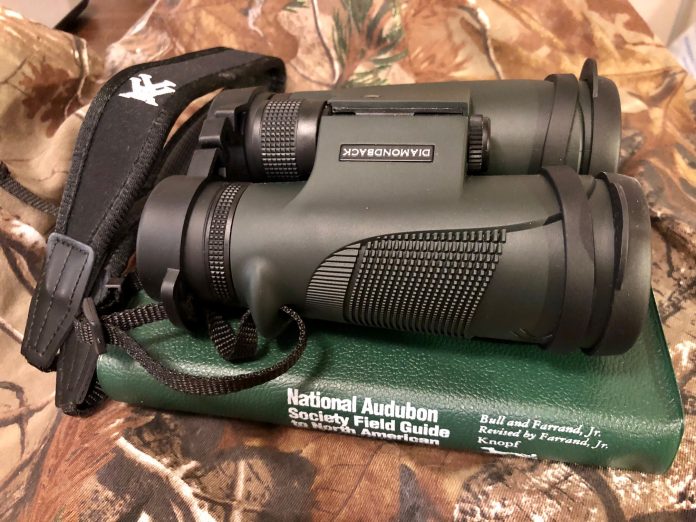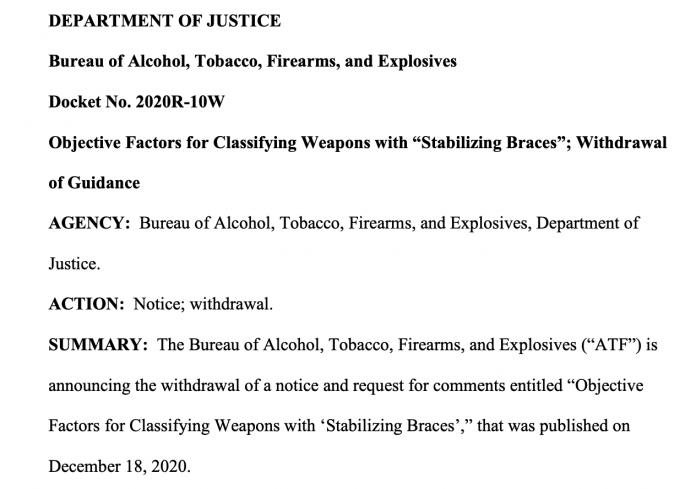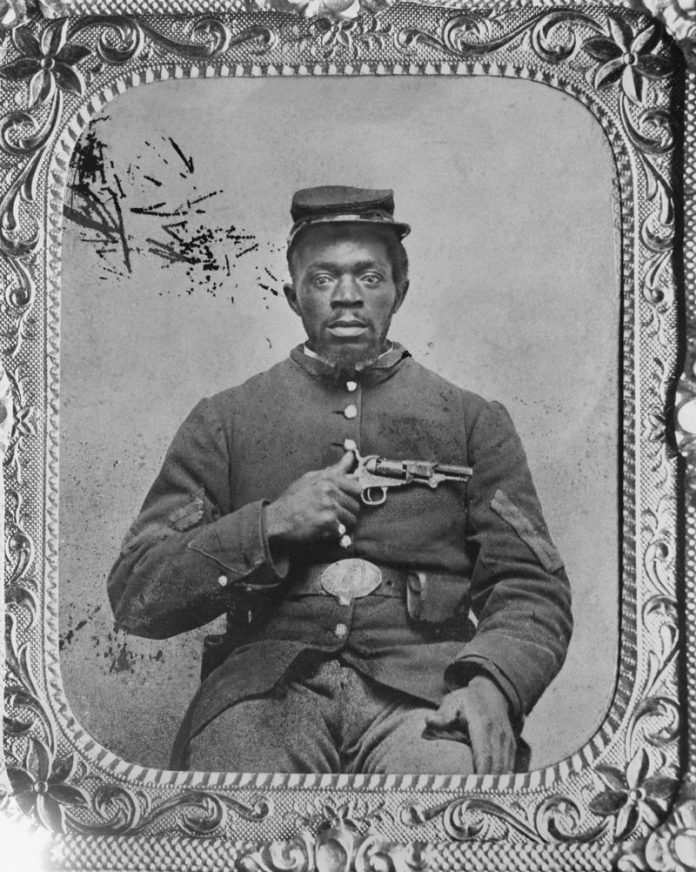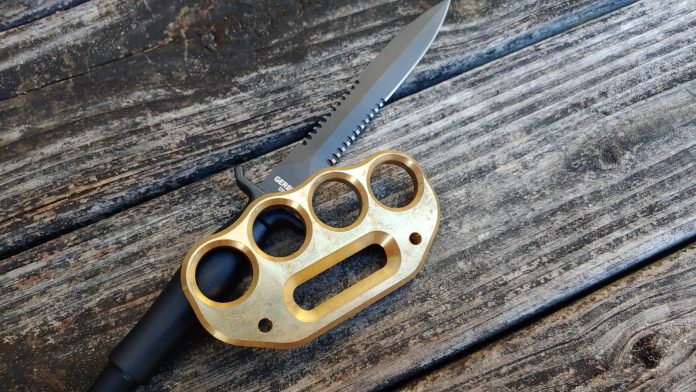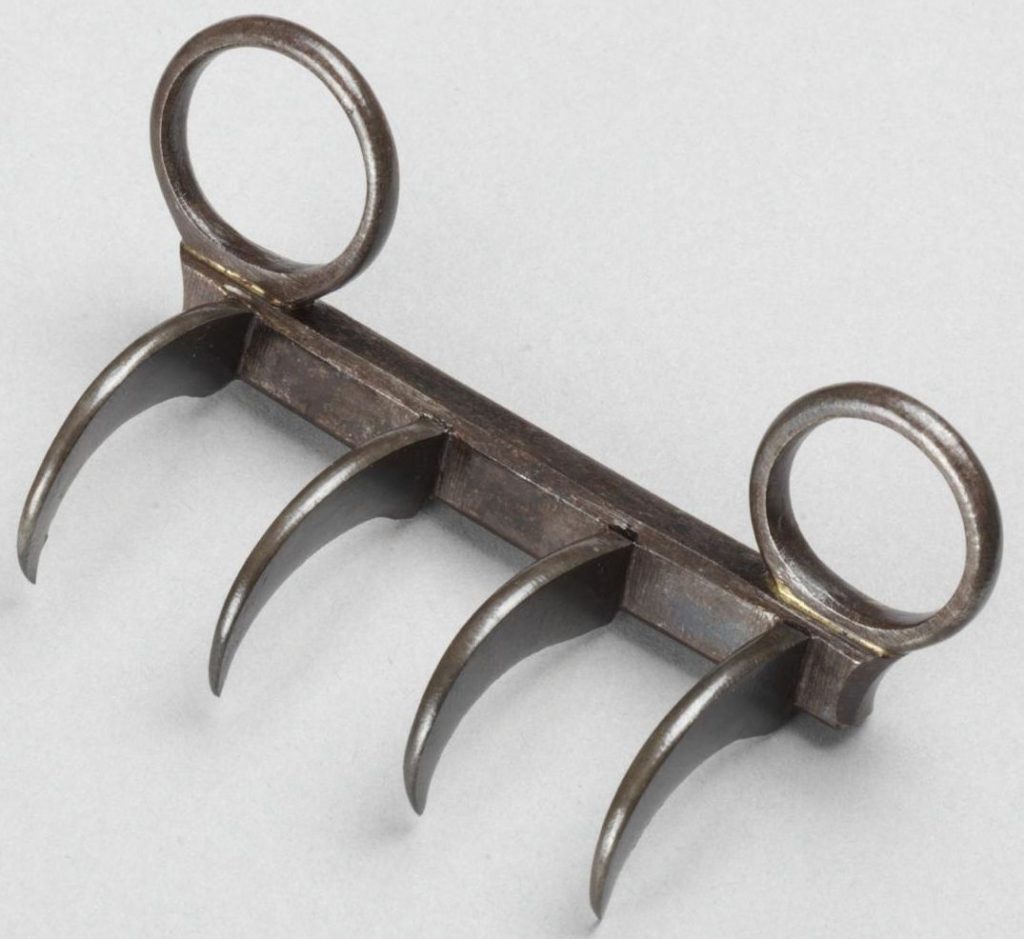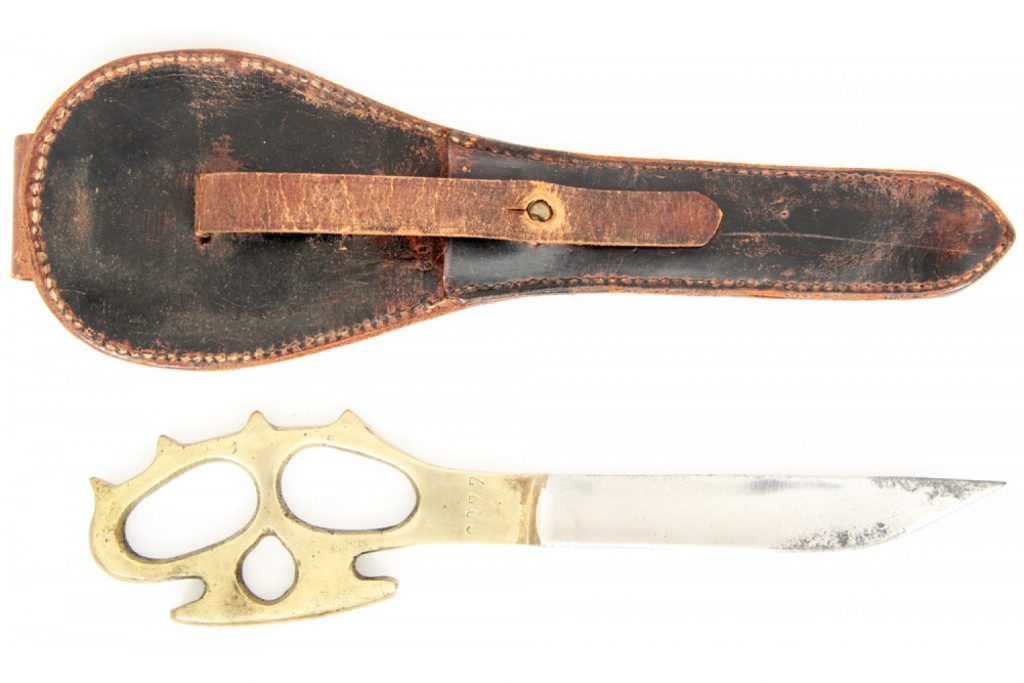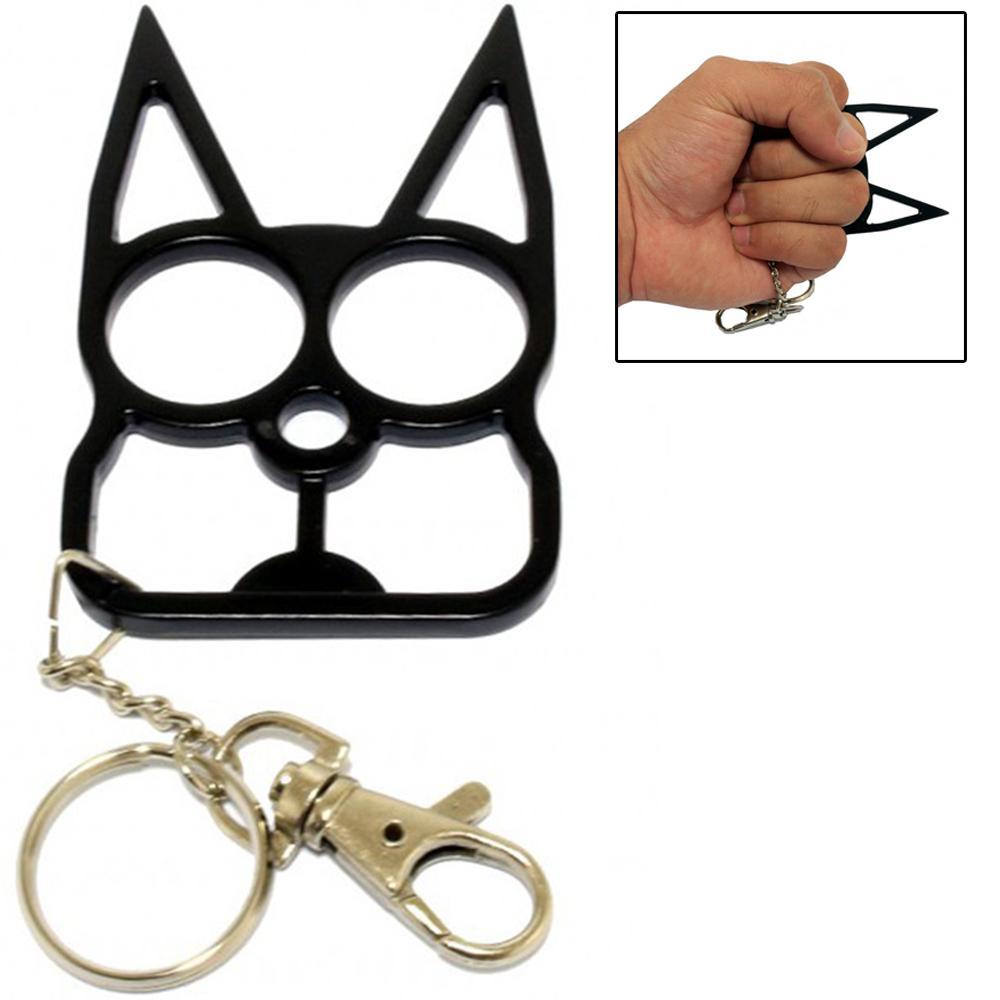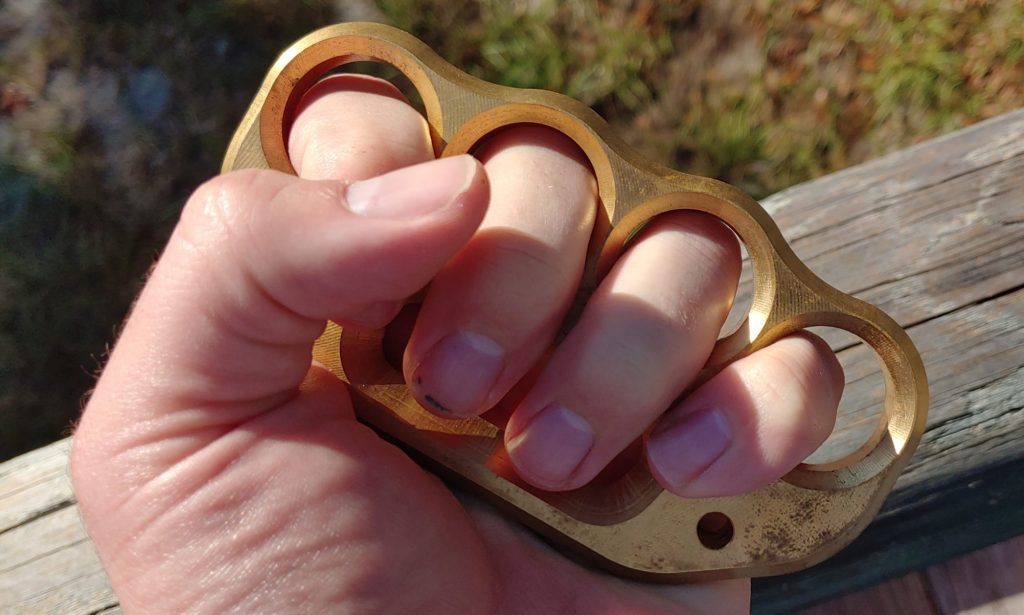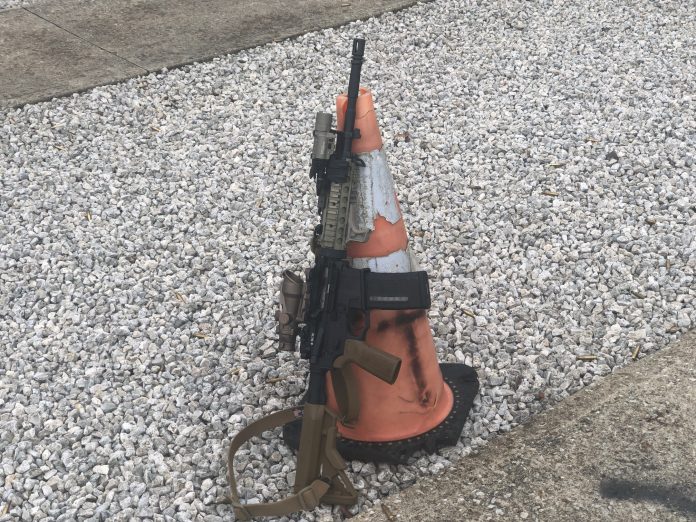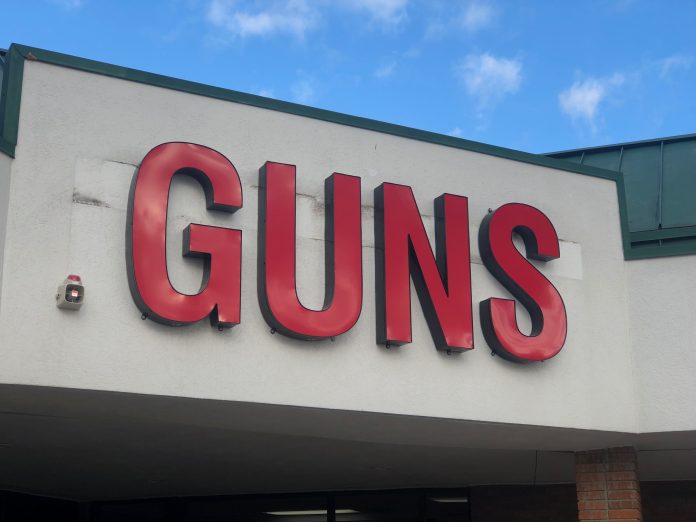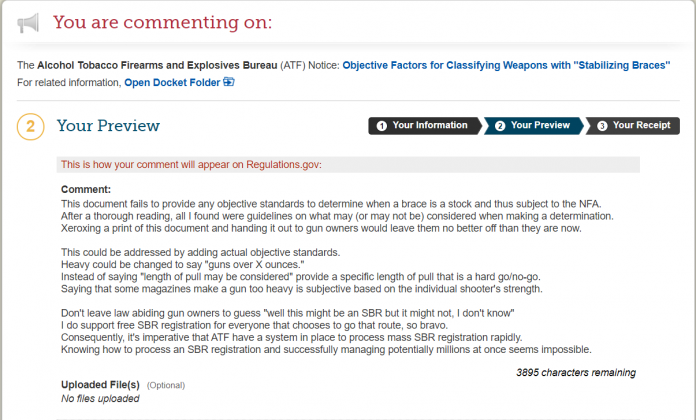And oh does that have some jimmies thoroughly rustled.
California, we have a problem. Gun sales are surging and a good number of these gun purchases are in direct response to the fear of the pandemic and social unrest, according to a recent UC Davis study.
Approximately 110,000 Californians have purchased a gun since March including an astonishing 47,000 first-time buyers. The nationwide gun-buying surges are fueling increases in fatal and non-fatal firearm-related injuries. Two public health crises have collided – gun violence and a global pandemic. This is cause for massive concern and action.
Some of what Mr. Malte, the author, states here in his opinion is factual, I assume the numbers are, however much of it, to include his opening sentence, is subjective. The title is even subjective, but it does grab clicks.
Mr. Malte is pointing out that of the over 110,000 purchasers of guns in California (yes, CA) 47,000, or nearly 43%, are new first time owners. He correctly ascribes a great many of these purchases as fueled by the pandemic and civil unrest, much of which happened very publicly just north of them.
But his presumption that risk is increased, instead of altered, is subjective. It relies on massaging numbers, bracketing statistics, and generally making data say what you want it to say by not mentioning certain aspects in detail. Like avoiding other risks of accidental death for comparative measure.
Brian Malte is making the argument that the 47,000 new firearms owners and the new 110,000 firearms purchasers are the direct cause of the increase in both fatal injuries, non-fatal injuries, suicides, and violent crime in California. This quite disingenuously removes all the complexity and nuance of violent crime, suicidal ideations, and blends the myriad motivations and accident rates into one quagmire in order to present a negative image of these gun owners. Or at the least, places a tangential blame that on these purchasers that all these same events in the future are their fault.
Anti-gunners flip and flop on whether gun owners are evil, or just naïve and irresponsible, about as often as Michigan changes its weather outlook (give it 5 minutes). The underlay is always guns bad and makes no mention of or allowance for positive instances of use. If you pretend they aren’t there they cannot hurt your argument, right?
The default opinion from Brian Malte is there is no positivity in owning personal arms, only risk. Highlighting this facet of his opinion by only pointing out selected are carefully framed risks to gun ownership, marginalizing the motives for lawful purchase, and directly attributing these new purchases to an increase in crime rates and suicides during a year of incredible financial, medical, and emotional stress. Obfuscating method with motive and not accounting availability or other nuance.
The implication is that the 47,000 new owners will be the ones to kill someone accidentally, allow their kids to kill or injure someone accidentally, kill themselves purposefully, or become a criminal. And it is all because they didn’t know the risks.
Mr. Malte uses the literary arts to set up the natural, and incorrect, default in that there were no risks or marginal risks in any given one of those 47,000 peoples lives before they bought that gun. It subtly implies that none of them are intelligent enough to rationalize and understand these risks. Nothing against these poor dumb plebeians who watched violent riots on live TV this year, even against the allies of the movements by those ostensibly with the movements, but they just don’t know any better. To say nothing of any one of those new owners having been previously victimized.
Mr. Malte, the risks are altered, not increased.
Life is risk, take all the proper precautions in the world and you or someone else can still end up dead. The pandemic has been a live and boisterous demonstration of the competing risks of daily activity, it woke people up to risks they had not considered before. Like that the police are in no position to save you, they rarely are. They are a deterrent presence of consequence far more than an active pre-emptive opposing force.
Cops respond to crime, the crime has to happen. Their response is going to be tempered by a number of factors to include the response time. Police chiefs and sheriff offices openly admitting they aren’t coming out, due to the risk to their personnel, for anything they don’t have to was a shock. A wake up call to a fact many of us have known since the ‘No Duty to Protect’ court rulings.
Nobody is coming to save you, it is up to you.
But Brian Malte considers violence against your person, against you as a new lawful background checked firearm owner, the nominal threat and borderline “gunnut” fantasy. He also ascribes to you, a functioning adult who has no felonies or serious misdemeanors and manages to deal with the other inherent risks of daily life, the inability to properly assess the risk of adding a firearm to your life.
Do people fail at this? Of course. The fact that we have a few hundred accidental deaths and injuries indicates mistakes are made and we can and should educate to do better. But we also know that mandates and demands from the government can backfire spectacularly and actually cause more harm than good when taken objectively, it happens constantly (Cash for Clunkers). Balance of risks.
Data shows that guns are much more likely to be used against oneself or a family member than an intruder.
Only if you use the definition of ‘used against’ to mean fired upon causing an injury or death. By the CDC’s own estimate there are at minimum 60,000 defensive gun uses in a given year, and upwards of 3,000,000.
A gun in the home substantially elevates the risk of intimate partner lethality involving women by 500% and suicide by 300%. Furthermore, a new study shows that 70% of those who bought a firearm during the COVID-19 pandemic reported having suicidal thoughts throughout their lives, compared to 37% of current gun owners.
And I am certain none of these percentages have been massaged from comparatively small numbers of occurrences and framed to make the risks appear quite disproportionate, nor would they obfuscate by not delineating along the lines of legal and illegal possession in said home. Is a woman at an elevated risk from intimate partner violence from a partner with no history, convicted or otherwise, of intimate partner violence just because he or she purchases a firearm? To say nothing of a conviction making them a prohibited possessor, which those 110,000 people and 47,000 new owners, are not. Can we also stop belittling the complexity of suicide by making it seem like our suicide rate is out of control all because of American gun ownership. Way to marginalize an intensely personal struggle.
I personally love the quip that a study (I’m sure immaculately conducted) showed that 70% of those who bought a firearm have had ‘suicidal thoughts’ throughout there lives. Like that isn’t one of the pretty little white lies we still tell ourselves that we, all of us collectively, have never thought about the act of suicide ever. We may not have suicidally ideated, as in the act of seriously contemplating taking our own lives due to our current life circumstances (and even then that definition is personally subjective to what we would consider seriously). Everyone has thought about suicides, asking the question in a vague enough manner similar to gun control polls asking ‘should violent criminal’s access to firearms be made harder?’ will always produce the desired ‘correct’ answer.
That has a number of causes and one of the most egregious isn’t the fault of pro or anti-gunners (or poll designers even), it is the attention span of the average person toward something that is not part of their direct productive involvement in their own day. Going into the nuance of their mental health is personally invasive and not a part of whatever they a currently looking to accomplish, so instead a much less invasive general question is used that can generate a quick stat. You are much more likely to get responses and can easily gauge what those responses are from anyone not involved at a professionally informed level.
Bringing a gun into a home also affects children; a majority (89%) of unintentional shooting deaths occur in the home and an estimated 3 million children witness a shooting each year. First-time gun buyers aren’t required to learn how to safely handle a gun or know where and how to store it. The lack of required safety training and education for gun buyers puts families at risk.
So does adding a pool or improperly installing a child safety seat. Most accidents in vehicles take place close to home too. This is another leading statistic that basically amounts to, accidents happen most with the item where the item is the majority of the time.
Organizations like the NSSF are constantly funding safety initiatives in ways that will increase participation, because mandates (especially inaccessible and/or inconvenient ones) get ignored.
It is not just about the risks of having more guns in more homes. Since the start of the pandemic, inequities, racial injustice, hate crimes and gun violence have exponentially increased. Gun violence is driven by many factors and conditions, many of which have been exacerbated by the pandemic – poverty, unemployment, isolation, hopelessness and loss. The combination of the surge of firearm purchases combined with the exacerbation of underlying health and social conditions in many communities is starting to prove deadly.
Starting to? It never stopped being deadly in all of human history.
You mean to tell me that all the wider societal indicators of a time of greater turmoil and upheaval, which leads to an increase in violence, are there and people made a choice to give themselves a personal option to do something about that violence because the government has repeatedly proven themselves insufficient?
Color me shocked.
Given the pandemic and social unrest, it’s even more critical to invest in effective and proven gun violence intervention strategies, and keep the work of those on the frontlines of preventing gun violence in the spotlight. Their jobs have become even more challenging. These workers, including the dedicated hospital-based interventionists and the community-based organizations that employ them, need resources to keep the peace on the streets and to stop shootings.
But not police officers, right? Nope, that would be divisive and controversial. How about keeping violent offenders locked up for their proper terms? Nope, cannot do that, there is a pandemic and they might get sick in a place where they’re monitored 24/7 and their health and welfare are the responsibility of the state while imprisoned.
Oh? Didn’t think that getting convicts out of prison was an attempt to reduce incurred medical expense and logistics? Ha!
While crime has decreased throughout the country during the pandemic, homicides and shootings continue to increase, including California cities such as Los Angeles, San Jose and Oakland.
So overall, things are actually still fairly good but in urban areas where policies have effectively been enabling the criminal class in many ways the criminal class is conducting business as usual and the currency of violence is still alive and well, noted.
It’s critical to support community-based, public health strategies that support gun violence prevention including the important work of the UC Firearm Violence Research Center to educate medical professionals, clinicians and doctors to talk to their clients and patients about the risk of guns in the home.
In part, I agree, especially if the medical professionals are dealing with child development, mental health, or physical limitations. But that isn’t what Brian Malte means, he doesn’t mean to have a balanced discussion on proper storage and getting training like a ‘diet and exercise’ routine, he means actively discourage firearm ownership through the appeal to authority of the medical profession. Something our friends in DRGO actively campaign to properly contextualize in the medical field, to not turn medicine into virtue signaling advocacy.
When more Californians are buying guns, they are doing this out of real or perceived fear for themselves or their families.
Oh, it is real fear. It may be an out of proportion risk/fear, but it is real.
While this is understandable, most people don’t comprehend the risks associated with bringing a gun in the home.
I think you belittle the average consumer, they deal with proportionate and greater risks daily.
Our society is in a very volatile moment where more guns are now in more hands, in more homes and more accessible than ever.
Yes, and in a greater balanced and diverse segment of the population than we have seen with access to more educational material than they have ever had. It really has never been a better time to become a gun owner… except for availability.
Educate yourself and your family about the risks associated with gun ownership.
Agreed, and weigh them against the benefits as a tool for preparedness and an enjoyable discipline with deep and lasting positive aspects.
Think twice about bringing a gun into your home, and if you do, learn how to store and handle the gun safely.
Agreed, although the ‘think twice’ phrase as always been a backhanded way to say ‘don’t do it’ more than it has been to say ‘consider this action with careful deliberation’ but… I am sure that second one is what Mr. Malte meant, right?
It is incumbent on philanthropy, government and community-based organizations to work together to educate communities on the risks associated with gun ownership and double-down on effective and proven community violence intervention strategies.
And it remains incumbent on you, the gun owner or potential gun owner, to remember that
- Nobody is coming to save you…
- Everything is you responsibility…
If you know of and remember the rest of that list, good. If not, look it up.
Mr. Malte can talk about the community efforts, philanthropic causes, and government all he would like, and I agree that the people of the world could always do with being nicer to each other. His opinion is as valid now as it was when I read it and started this commentary this morning. But in my opinion, he lacks the nuance of context by either ignorance or omission.
Remember while you “think twice,” none of those organizations are going to be at your side at 2am when your door is kicked in, your car jacked , when someone tries to pull you into a vehicle, the meth-head thinks you’re a walking sandwich, or any other immediately hostile action against your person.
They won’t be there, you will. Prepare accordingly.



